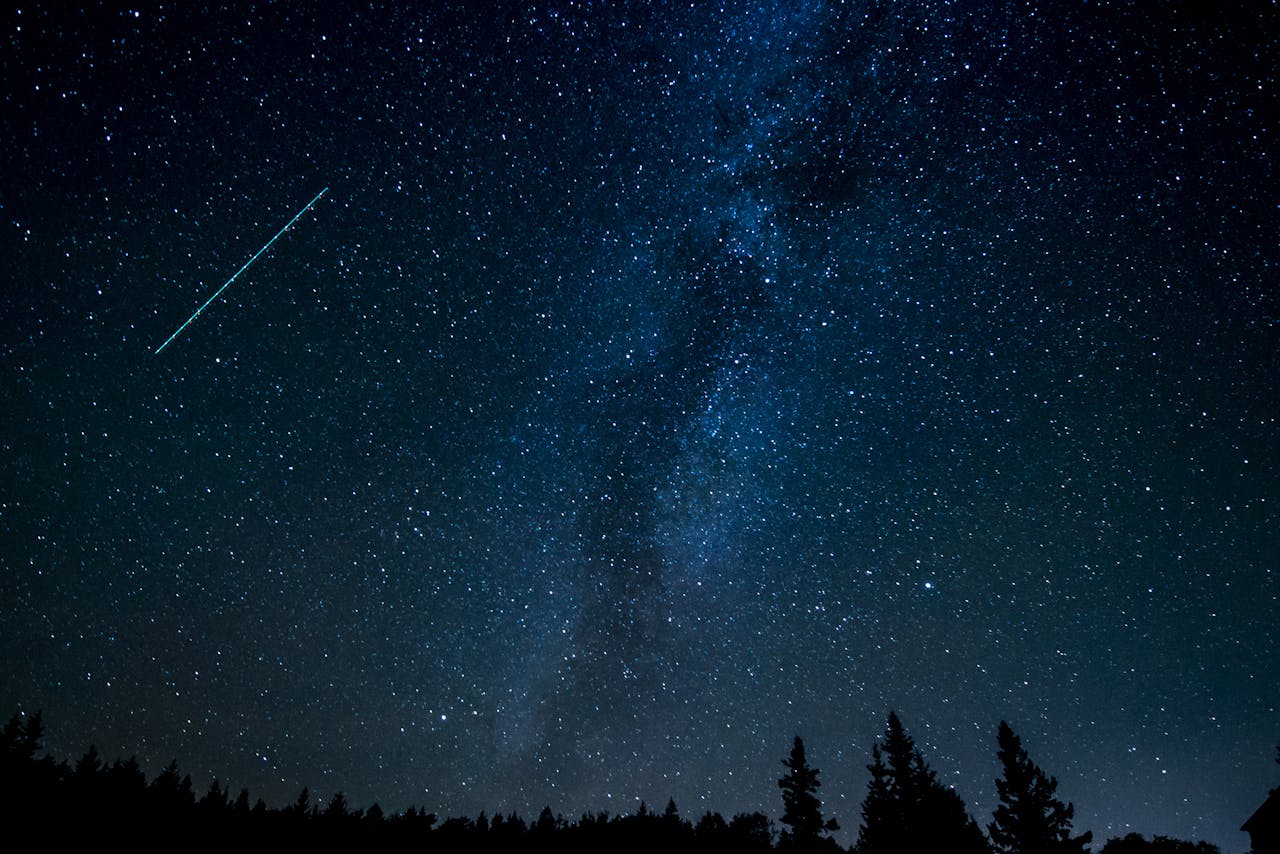The Orionids, an annual meteor shower created by Halley’s Comet, has officially begun, with sightings possible from now until late November. Known as one of the most spectacular celestial events of the year, this meteor shower offers a unique opportunity to witness remnants of the famous comet.
When to Watch
The Orionids run from September 26 through November 22, 2024, with the best chance to view this cosmic event occurring on the peak night: Sunday, October 20 through Monday, October 21. Although shooting stars may be visible on any clear night during this window, the peak night offers the highest number of meteors, with up to 20 per hour. In certain years, the count can rise to 50–75 meteors an hour.
This year, however, a waning gibbous moon will light up the sky, potentially dimming the view. To increase your chances, try to spot meteors just after dark, before the moonlight intensifies.
What Causes the Orionids?
The Orionid meteor shower is composed of dust and debris left behind by Comet Halley (1P/Halley). Although the comet itself last passed through the inner solar system in 1986 and won’t return until 2061, its debris continues to cross Earth’s orbit each year, creating this annual spectacle. The particles enter Earth’s atmosphere at about 41 miles per second, producing the bright streaks of light known as shooting stars.
Interestingly, Halley’s Comet is also responsible for the Eta Aquarids meteor shower in May, making it a key player in two celestial displays.
Where to Look
The meteor shower gets its name from its apparent radiant point in the Orion constellation, which rises in the east around midnight. However, you don’t need to focus solely on Orion; the meteors can appear anywhere in the sky.
Tips for Viewing
Here are some recommendations from NASA for the best viewing experience:
- Seek dark skies: Head to an area far from urban light pollution.
- Check the weather: A clear night is essential for meteor viewing.
- Dress warmly: The nights can be chilly, so layers are recommended.
- Allow time: Be patient. Spend at least 30 minutes outside to increase your chances of spotting meteors.
- Avoid telescopes or binoculars: These tools limit your field of view and are not useful for meteor showers.
- Use red light: Avoid white light from your phone or other devices, as it can ruin your night vision. Opt for red light if needed.
As this meteor shower is set against the backdrop of Halley’s Comet, it serves as a reminder of the vast, interconnected nature of our solar system. Whether you’re an astronomy enthusiast or simply enjoy stargazing, make time this October to witness the Orionids at their peak.










